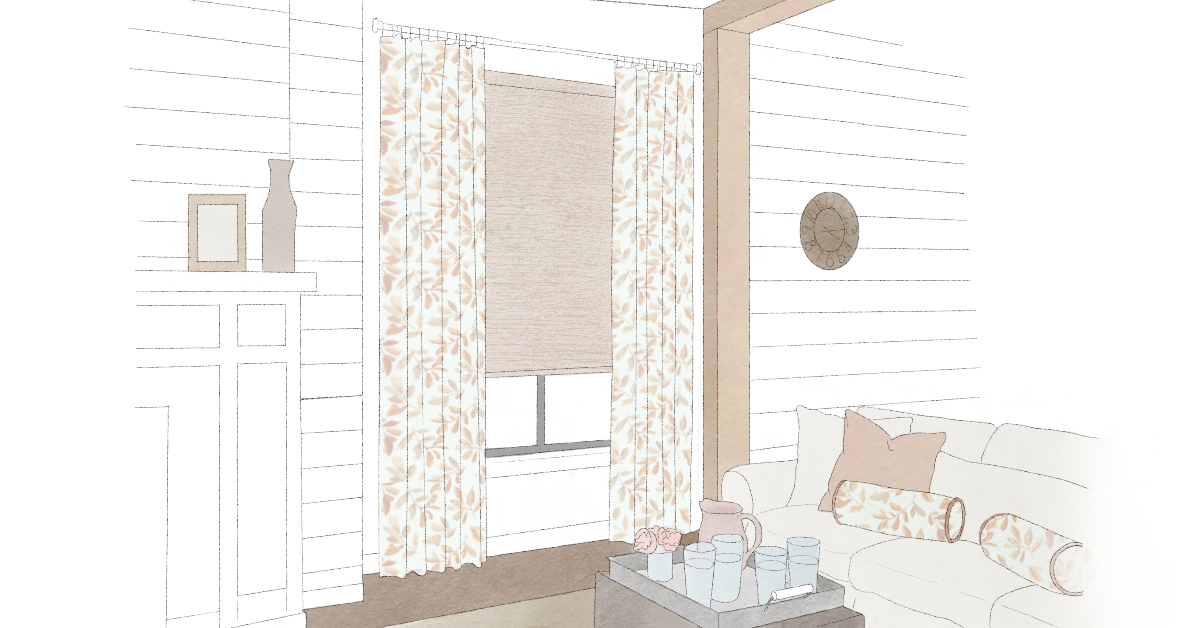
75 Years of Design | The 2010s
Brooke Cleaver August 26, 2025
Over the past year, we’ve traveled through time, revisiting the trends, styles, and cultural shifts that shaped both interior design and Lafayette Interior Fashions. From the optimism of the ‘50s to the dawn of the new millennium, each decade has its own story. Now, we arrive at our final chapter: the 2010s, an era defined by viral moments, social influence, and rapid technological change. Join us as we take one last trip through 75 years of design.
The World Goes Viral
The 2010s were many things, but above all else, they were viral. The decade’s most shareable moments didn’t just happen in real time; they played out on repeat for all the world to see. From Grumpy Cat to the Ice Bucket Challenge to Pepsi’s misguided take on world peace, the decade was defined by viral moments that connected—and divided—us. Platforms like Twitter, YouTube, Instagram, and Facebook acted as virtual forums where debates over dress colors and holiday cups raged on. And in an era of nonstop scrolling and endless clicks, the home was no exception. Inspiration didn’t just come from the glossy pages of a catalog anymore. It came straight to our phones in the form of a feed.
Technology Influences Design
Thanks to the rise of visual-first platforms like Instagram and Pinterest, which featured everything from food to fashion, everyday people began sharing the things that brought them joy, including their homes. This new digital frontier allowed designers to go beyond the print industry and post their portfolios straight to the web, helping to launch the careers of numerous newcomers like Farah Merhi—who now has over 7 million followers—while also amplifying the work of established names. No longer did you need to rely on a handful of gatekeepers. The world of design was just a tap away. And it was more accessible than ever before.
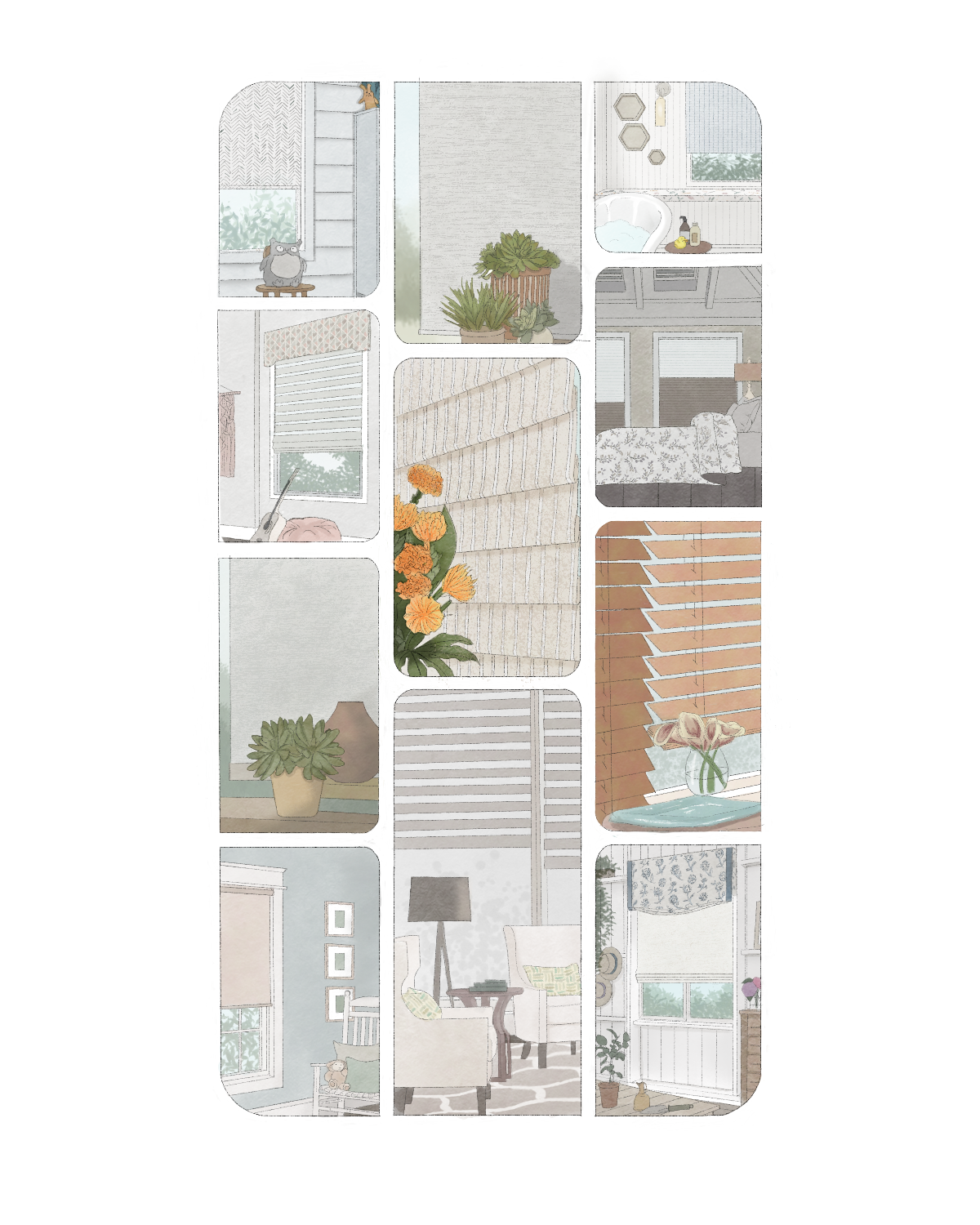 Social media, however, wasn’t the only thing to leave its mark on the interior landscape. Online retailers and direct-to-consumer brands like Amazon, West Elm, Casper, Etsy, Article, and Anthropologie revolutionized how people shopped for the home. In the past, buying big-ticket items like sofas, beds, and rugs meant seeing them in person first. By the 2010s, you could order them straight from the comfort of your own home, sight unseen. With the rise of online reviews on retail sites and platforms like YouTube, buying furniture became far less of a gamble and far more of an impulse. Everything from rugs, linens, kitchen décor, and furniture was just a click away, often at price points that put good design within reach.
Social media, however, wasn’t the only thing to leave its mark on the interior landscape. Online retailers and direct-to-consumer brands like Amazon, West Elm, Casper, Etsy, Article, and Anthropologie revolutionized how people shopped for the home. In the past, buying big-ticket items like sofas, beds, and rugs meant seeing them in person first. By the 2010s, you could order them straight from the comfort of your own home, sight unseen. With the rise of online reviews on retail sites and platforms like YouTube, buying furniture became far less of a gamble and far more of an impulse. Everything from rugs, linens, kitchen décor, and furniture was just a click away, often at price points that put good design within reach.
Rose Tinted Everything
The digital frontier didn’t just inform what we bought and how we shopped. It also colored our world. And no color was as prolific as the aptly named Millennial Pink. This soft, rose gold hue dominated the interior landscape around the mid-teens, becoming one of the most coveted colors for those navigating adulthood. It appeared on everything from walls and draperies to lips and ad campaigns. It seemed like no matter where you turned, this terracotta-laced hue was there. And for many, it was by design.
As previously mentioned, the early-to-mid-2010s is when apps like Instagram and Pinterest found their footing. And it just so happened that a certain shade of pink translated exceptionally well on screen. It was soft, photogenic, and easy on the eyes, making it a natural choice for retailers, influencers, and designers hoping to showcase their work online. Of course, Millennial Pink didn’t have the stage all to itself. Other soothing hues, such as white, beige, black, and the now-iconic Millennial Gray, also dominated homes, taking over kitchens, bedrooms, and living rooms across the country. Together, they defined the color story of the 2010s; one that was just as easy to photograph as it was to live with.
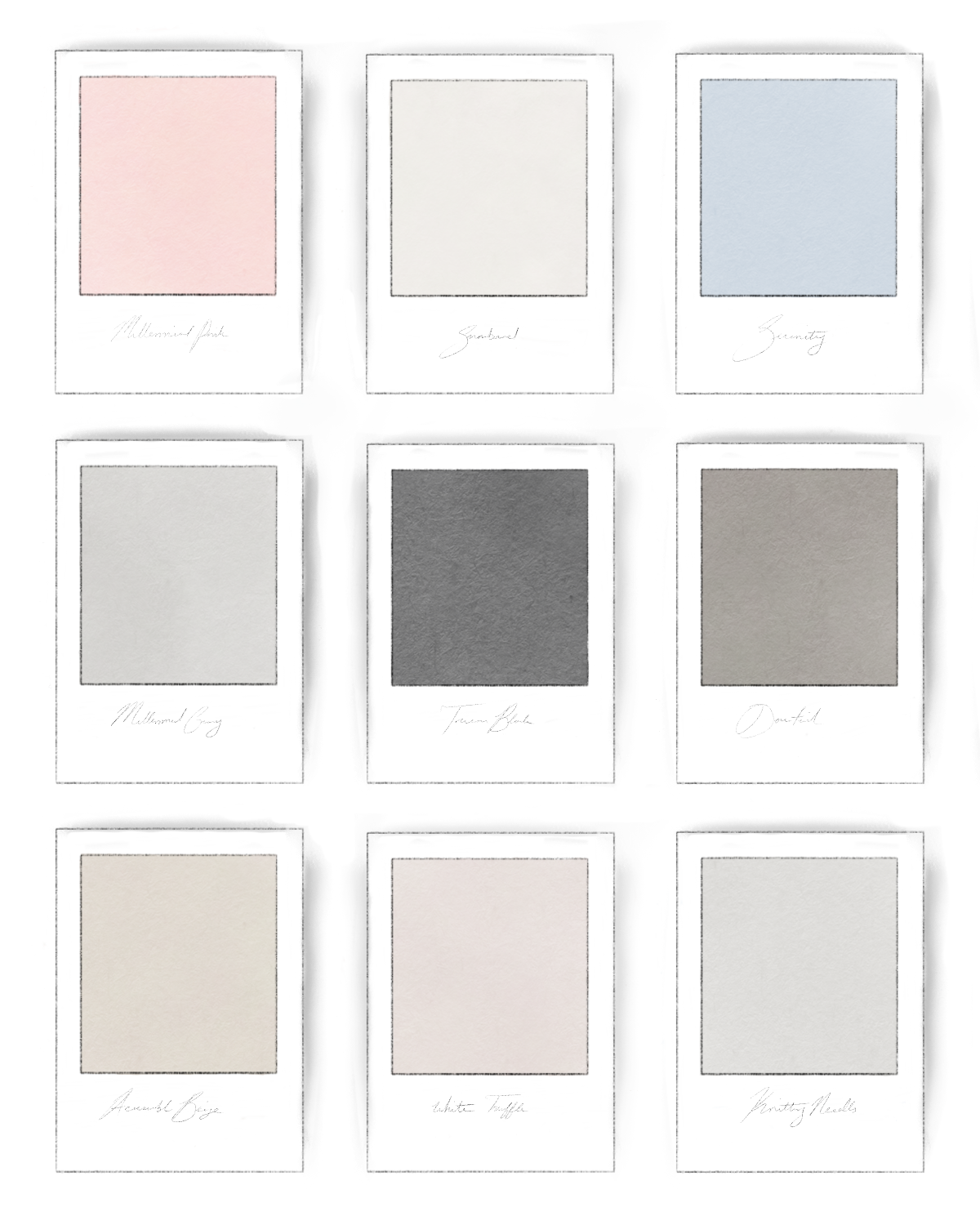
DIY Goes Mainstream
In the wake of the Great Recession, many potential homebuyers felt uncertain about the prospect of owning—or upgrading—their homes. For the first time in a long time, the belief that buying was better than renting was shaken. Those who already owned property were hesitant to sell. The 2007–2009 recession rocked the American public to its core, and the “starter home” started looking more like the “forever home.” As a result, many homeowners turned to renovating rather than relocating. And with the help of HGTV’s breakout series Fixer Upper, featuring Chip and Joanna Gaines, the general public suddenly had a ready-made template for how their homes could look.
Cue the modern farmhouse aesthetic. Following the premiere of their touchstone series in 2014, the world became obsessed with all things clean, white, and rustic. Think shiplap walls, farmhouse sinks, open shelving, white subway tiles, quartz countertops, hardwood floors, sliding barn doors, and plenty of antique or industrial fixtures. This coveted style—dubbed the “Gaines effect”—spread quickly, flooding feeds with farmhouse chic–inspired homes and kitchens.
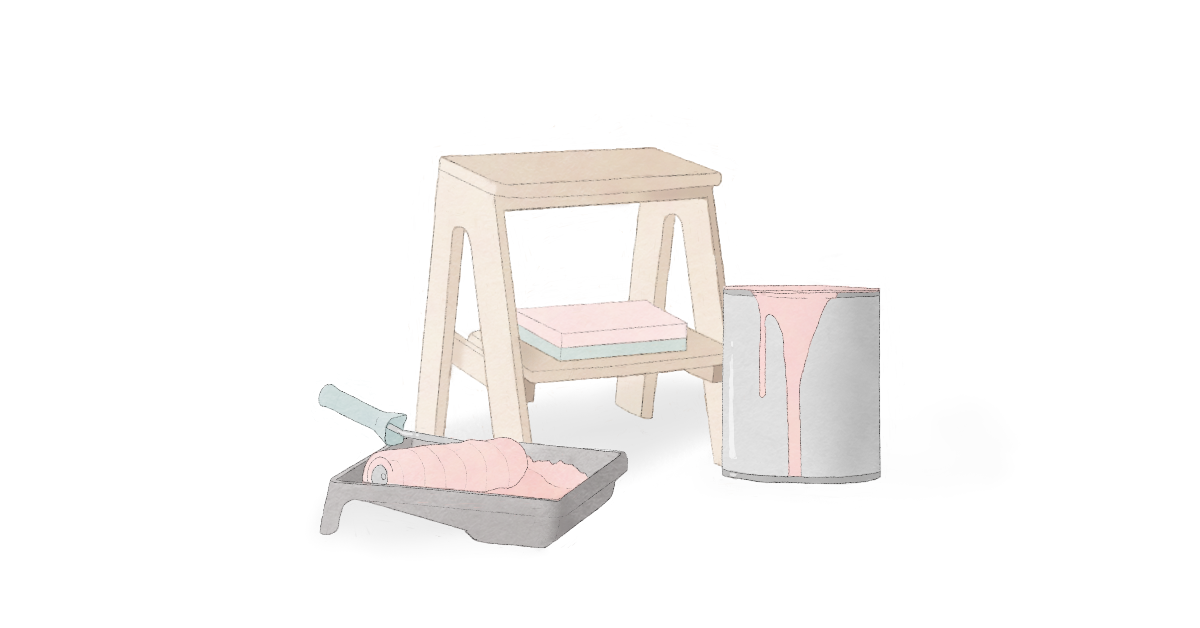
What’s Old Becomes New (Again)
At the same time, a new wave of minimalism was entering the home through the resurgence of midcentury modern furniture. Unlike the modernism of previous decades, which was often marked by steep price tags that ran counter to Charles and Ray Eames’ democratic view on design, this revival was far more accessible. Thanks to outlet stores and online retailers like Amazon, Target, and West Elm, a new generation of homeowners could outfit their spaces with contemporary takes on the Eames Chair and the Marshmallow Sofa. While these reproductions didn’t always match the craftsmanship of their predecessors, they delivered the look and spirit of midcentury design to the masses.

Lafayette Goes Smart
Furniture wasn’t the only thing embracing a more minimalistic approach, though. Window treatments and soft fashions also followed suit, with roller shades, Roman shades, woven shades, and transitional shades gaining in popularity. Draperies still held their place as a go-to accent, especially as layered treatments began showing up on more feeds.
The biggest shift from the aughts to the teens, however, was the integration of smart home technology. As voice assistants like Amazon Alexa and Google Home became part of everyday life, homeowners looked for ways to extend that convenience to their windows. Lafayette rose to the challenge by expanding its motorization team—which guided users through the selection process, setup, and maintenance—so that every shade was as connected and functional as it was beautiful.
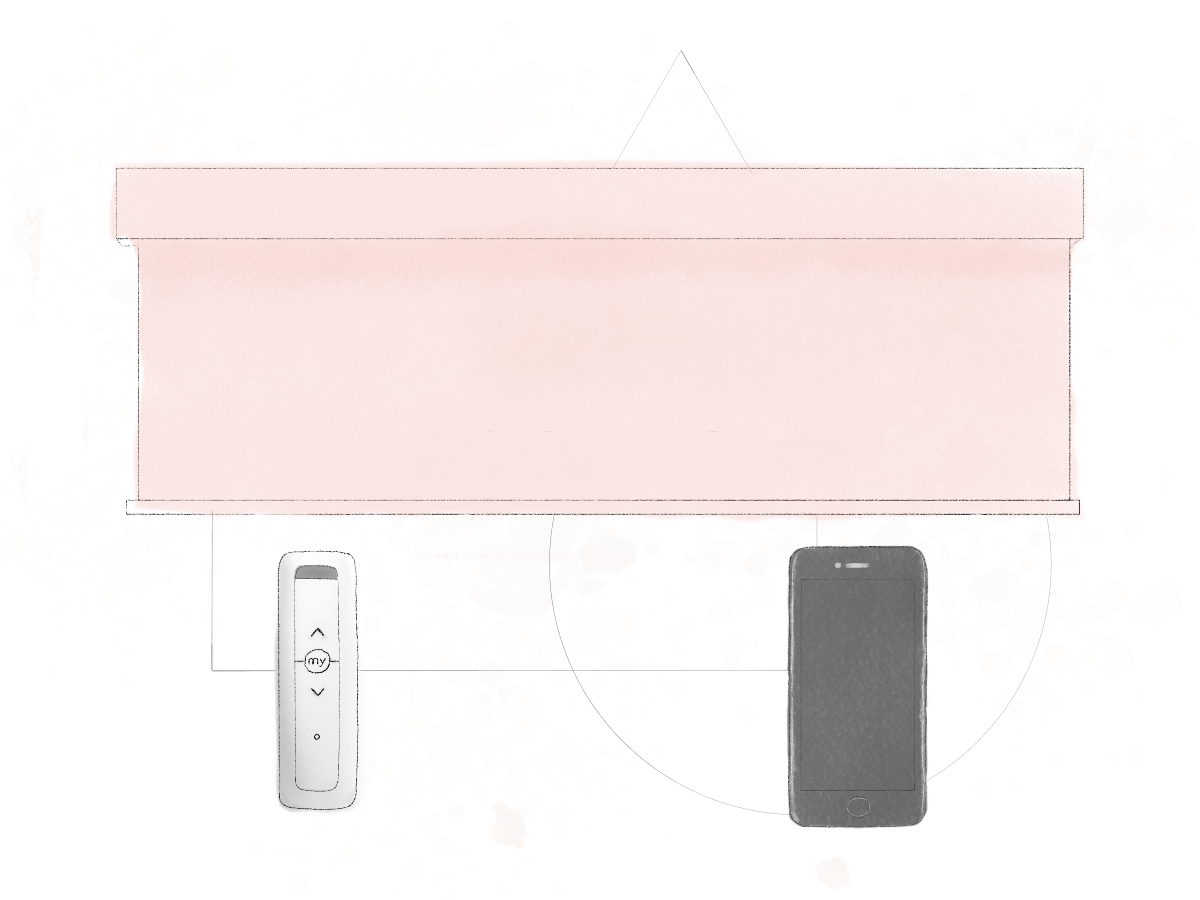
Final Thoughts
Whether you’ve been following from the start or are just passing through, thank you for joining us as we’ve traveled through the decades. It’s been an honor to serve our community—and the industry at large—for the past 75 years. May we continue to push boundaries for 75 more.
What decade was your favorite era of design? We’d love to hear your thoughts. Join us over on Instagram, Facebook, and LinkedIn to continue the discussion.
Lafayette Interior Fashions is a family-owned, to-the-trade manufacturer of blinds, shades, draperies, and other custom-crafted interior fashion products. To learn more about our products, find a local dealer near you.

 Social media, however, wasn’t the only thing to leave its mark on the interior landscape. Online retailers and direct-to-consumer brands like Amazon, West Elm, Casper, Etsy, Article, and Anthropologie revolutionized how people shopped for the
Social media, however, wasn’t the only thing to leave its mark on the interior landscape. Online retailers and direct-to-consumer brands like Amazon, West Elm, Casper, Etsy, Article, and Anthropologie revolutionized how people shopped for the 



